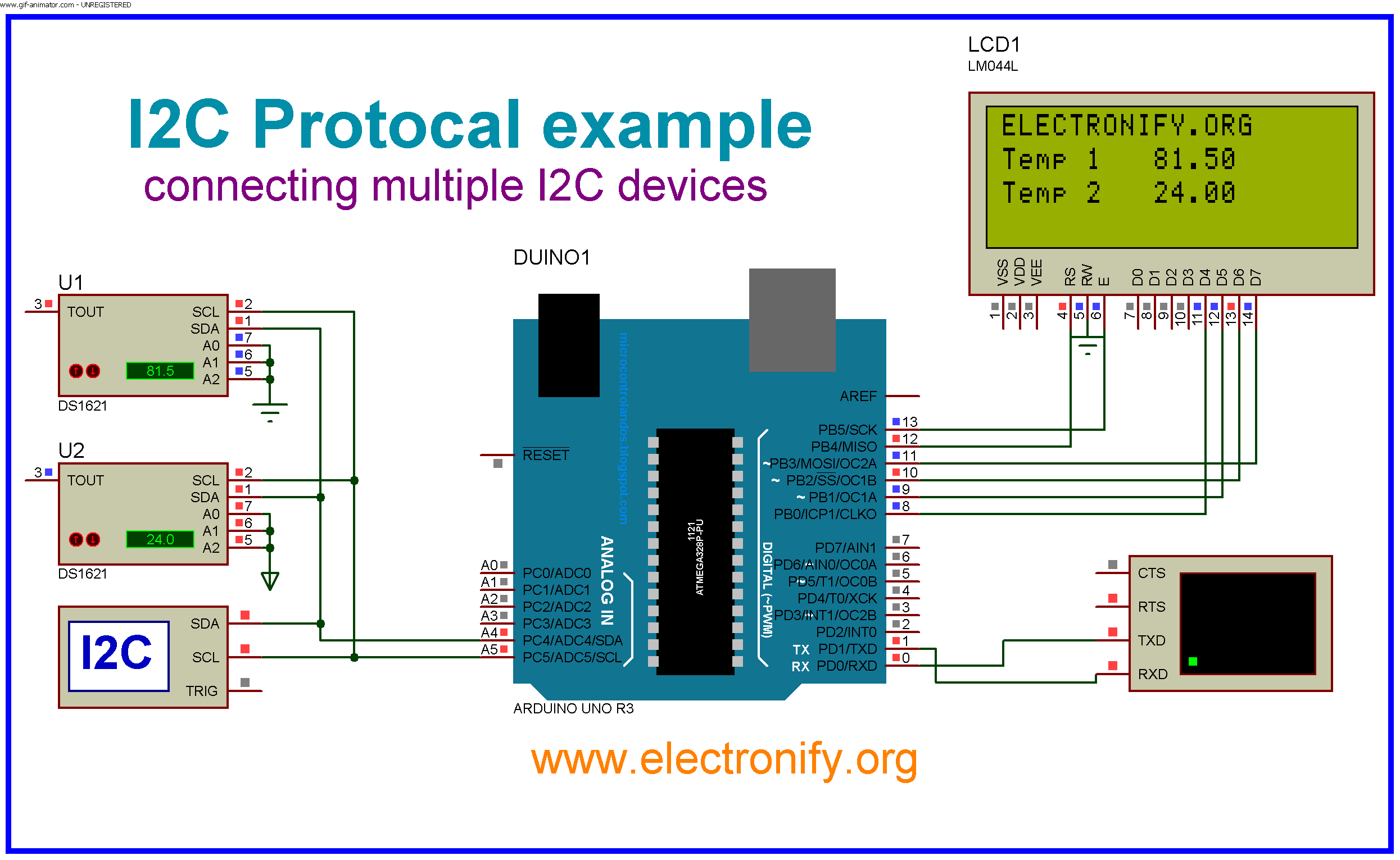
Make sure the Arduino IDE is set for the Generic ESP8266 Module.Connect a 330 Ohm (or similar) and LED wired in series between GPIO12 and the GND pin on the Arduino header. The pin functions are given on the rear of the board. The ESP header on the board allows access to GPIO12 from the ESP8266, this will be used for connecting the LED. There appears to be no built in LED for the ESP8266 on this board, so you have to connect an LED to demonstrate the blink program. Choose Generic ESP8266 Module.Īfter all that you are ready to get a Blink program working on the board.

Once this is done, you should have an option under Tools→ Board for a ESP8266 Boards.Under Tools → Boards → Boards Manager, Search for ESP8266 and install latest version of “ESP8266 by ESP8266 Community”.In File → Preferences, add a url to the Additional Boards Manager:.A search of “program ESP8266 from Arduino IDE” will provide many results. There are numerous articles on the Internet explaining how to do this.

It allows for easy implementation of WiFi communication in Arduino projectsĪs there are two processors incorporated on the board, a greater range of processing power is availableĬommunication between the ATMega328 and the ESP8266 is via the serial lines and utilizes the well known Serial libraryĬrucial to the operation of the board is the Mode Selection switch, consisting of a 8 switch DIP mounted in the center of the board.īefore programming the ESP8266, you have to ensure that the Arduino IDE you are using is configured to do this type of programming. The different voltage levels are built into the board and become transparent to the User The Arduino pin out allows for connection of many of the Arduino shields available It seems that this specific board has several advantages over similar solutions (specifically the WeMos D1 board) If greater range is required, provision is made for connecting an external antennaĪdvantages of The Arduino ESP8266 WIFI development board

The header pin out is standard Arduino this allows any Arduino compatible shield to be connected to this development board.The Reset button rests both the ESP 8266 and ATMega328.Instead of the large USB connector used on a standard Arduino, this board uses a micro USB connector for serial communication and programming.The board includes a 5V and 3.3 V Voltage regulator to allow for the differing voltage requirements for the ESP8266 and ATMega328.


 0 kommentar(er)
0 kommentar(er)
